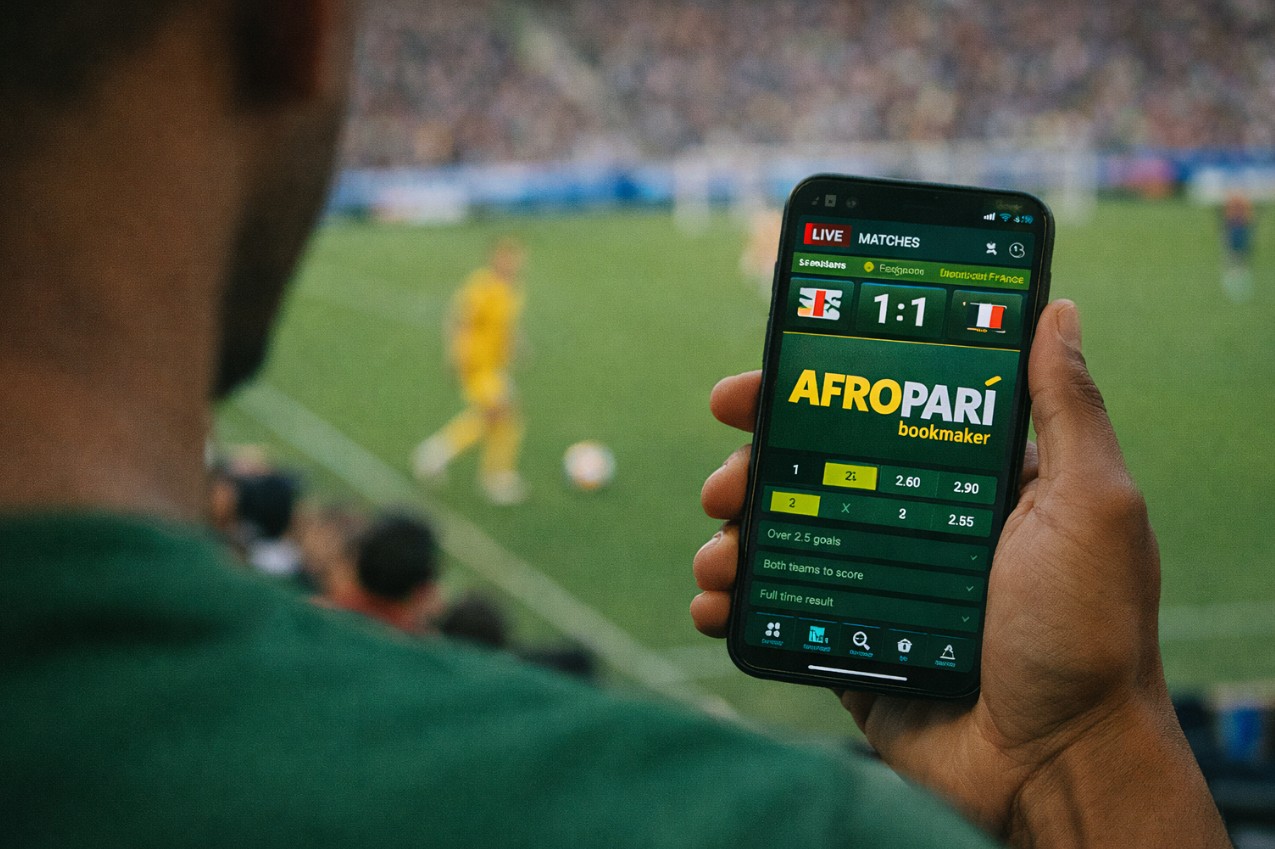5 Regional Football Styles: How Culture Drives the Game
Football has always been embraced worldwide, with

Football has always been embraced worldwide, with regional styles deeply influenced by local cultures, histories, and social values. These unique expressions of the game not only reflect the way the game is played but also shape how it’s interpreted.
In this article, I will discuss the most notable football styles and touch upon their origins.
The Flair and Creativity of South American Football
South American football is all about individual skill, creativity, and flair. Players from this region are renowned for their dribbling ability, improvisation, and deep passion for the game. This style of play reflects the vibrant culture and the importance of football in South America.
Brazil is a prime example, known for their "jogo bonito," or "beautiful game." Brazilian football is characterized by its elegance and entertainment value, featuring technical and creative players who have captivated fans worldwide. Some of the greatest footballers in history, including Pelé and Ronaldinho, emerged from this style, dazzling with their skill and finesse. This contrasts with European football, which tends to focus more on tactical discipline and teamwork.
Understanding this style isn't just about appreciating the beauty of the game. it's a valuable asset for making smarter bets. For example, I often bet on matches involving South American teams. Recognizing the nature and patterns of their play gives me an insight that is particularly useful on platforms that offer flexibility and speed such as ETH gambling sites. Having a hang of team dynamics and the game’s flow often leads to better outcomes for my bets.
Tactical Precision and Strategy in European Football
European football is highly tactical, with teams arriving well-prepared, armed with detailed strategies and formations. Players are expected to have excellent technical skills, like precise passing and smart positional movement. This means that teams operate in a coordinated manner, with each player contributing to the larger game plan.
Even within Europe, there are distinct playing styles. For example, the "catenaccio" system, known for its defensive strength, is a hallmark of Italian football. Meanwhile, the Dutch concept of "total football" allows players to fluidly switch roles, adapting to the game’s flow and maintaining a dynamic, cohesive team effort.
As for insights, I’ve found that betting on European teams (especially those that use catenaccio or total football), requires a deep understanding of how these styles play out in matches. That’s where live betting and in-game analytics come in handy. These features are usually available on trusted platforms such as this best crypto casino USA according to GH forum (that’s my top pick for wagering on European teams).
The Power and Athleticism of African Football
African football is often defined by its physical strength, speed, and sheer power, making the style of play direct and intense. Players from the region are known for their athleticism and relentless energy, always pushing to keep the game’s tempo high. Individual flair is celebrated, with players encouraged to show off their skills.
This energy and intensity remind me of certain games that keep me on my toes from start to finish like slots such as Hot Hot Fruit or crash games. This is basically the same fast-paced and exciting vibe.
Over time, African teams have also become more tactical and organized, but the emphasis on physical strength remains. This shift towards strategy and teamwork is largely influenced by international coaching, which has brought new perspectives and approaches to the game without losing the region’s distinctive edge.
Discipline and Teamwork of Asian Football
Asian teams tend to play a disciplined, well-structured game with a strong, coordinated defense. This style mirrors the collectivist cultures prevalent in many Asian societies, where teamwork and group cohesion are emphasized over individual showmanship.
The evolution of these regional styles is heavily shaped by cultural factors such as history, social values, and local traditions. For instance, colonial influences played a key role in introducing football to various regions, which then adapted the game to reflect their unique cultural identity and created distinctive styles such as Japan's "Tiki-Taka" approach, South Korea's high-intensity play, India’s technical play and adaptation.
Balancing Tradition and Modernity in Global Football Styles
Globalization has led to some blending in football styles, as players and coaches move across borders, picking up and sharing different ideas and strategies. This cross-pollination has resulted in a more homogenized approach at the top levels of the game.
However, distinctive regional characteristics still persist. Many countries and clubs feel a responsibility to maintain their traditional playing styles as a way of preserving their cultural identity. These unique styles add variety and richness to global football, making the sport more interesting and showcasing the diverse ways it’s played around the world.
Wrapping Up
Football styles across regions are deeply intertwined with cultural traditions. While there’s a noticeable trend toward a more unified style of play, distinct outside influences continue to preserve the unique characteristics of regional football.
These regional styles don’t just dictate how the game is played; they reflect the strong connection between the sport and the cultures that celebrate it. Maintaining these differences is key to keeping global football diverse and engaging.







